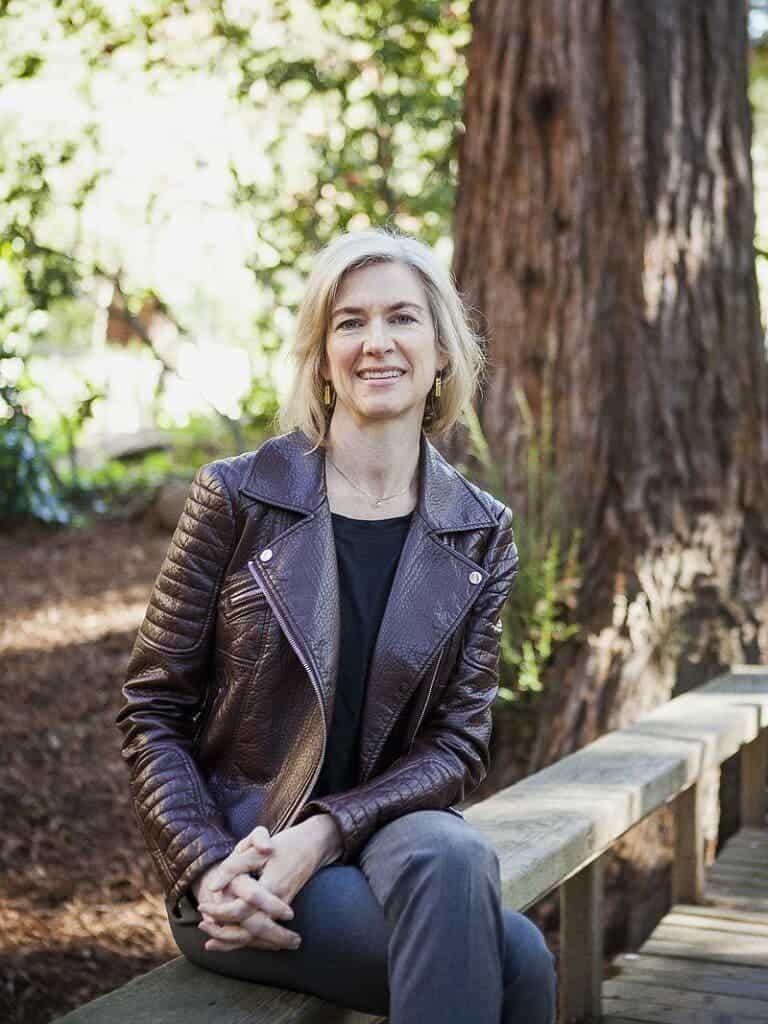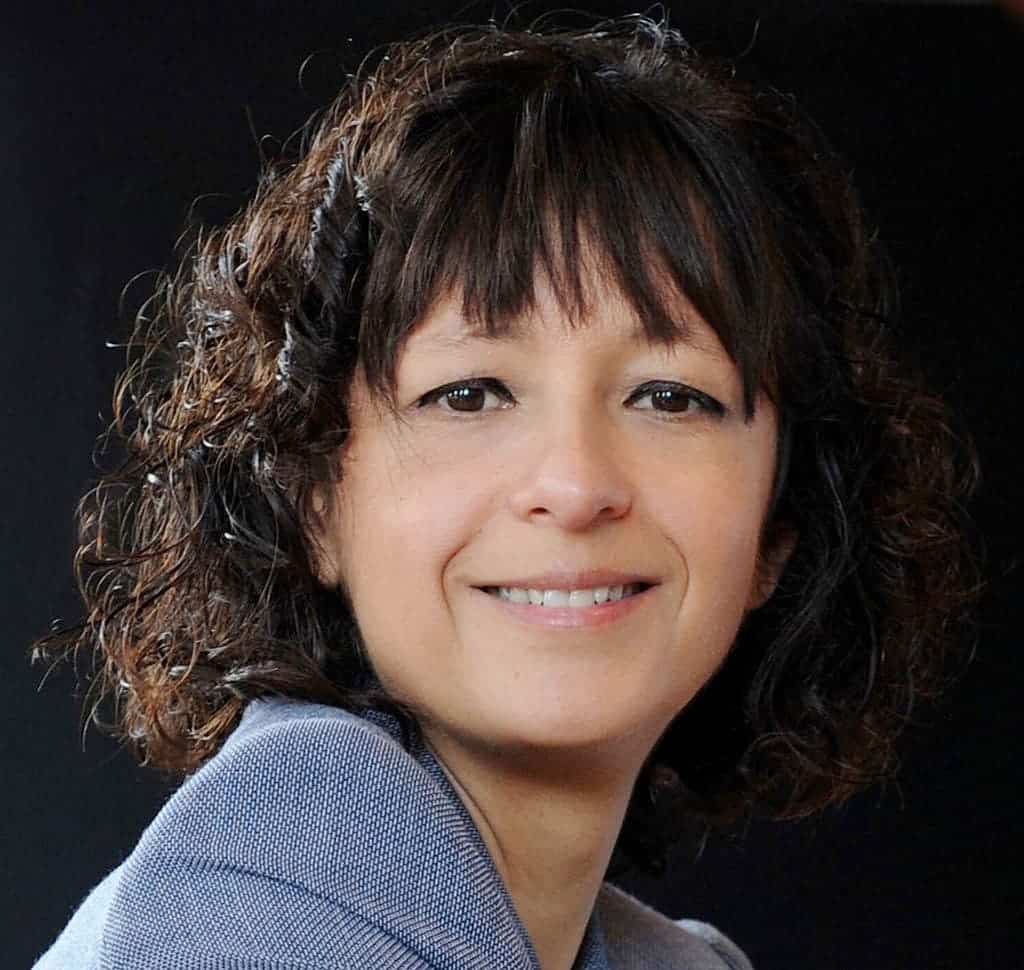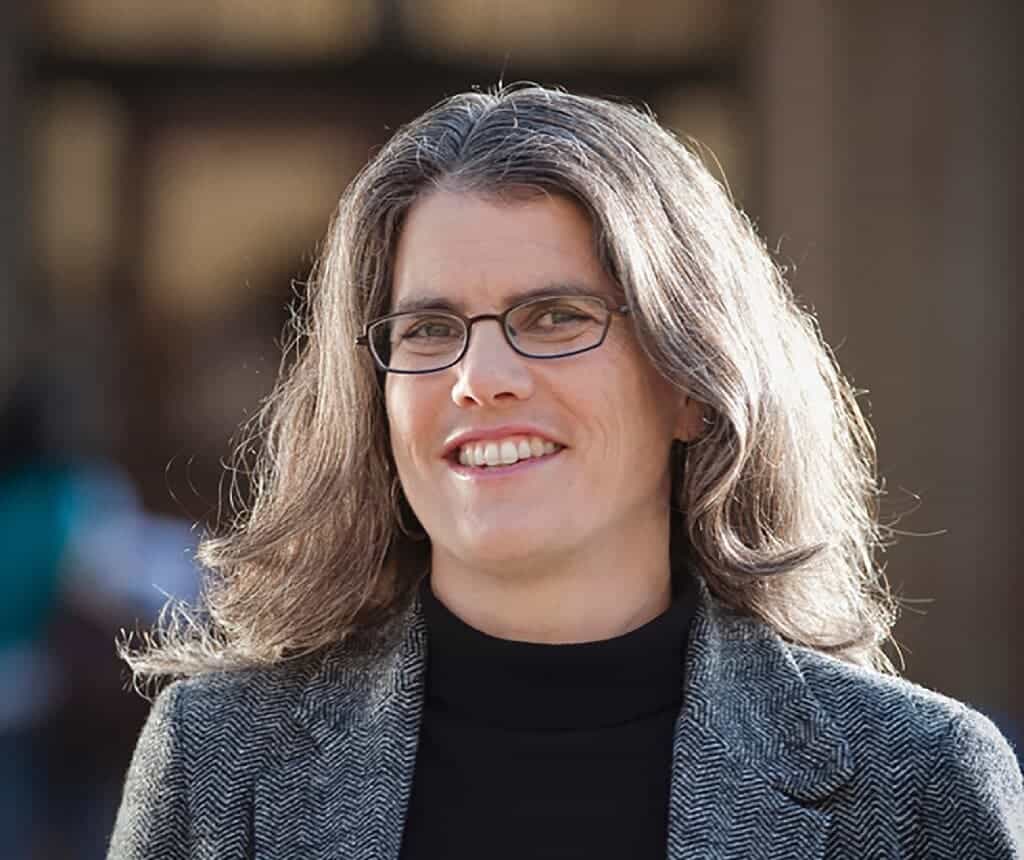This year, Jennifer Doudna and Emmanuelle Charpentier have become the first all-woman team to be awarded a Nobel science prize for their contributions on gene editing. This years’ winners also featured astronomer Andrea Ghez and poet Louise Glück.
It’s extremely unusual for this many women to be celebrated with Nobel prizes, and the laureates hope they can inspire a new generation of researchers. It’s “great for especially younger women to see this and to see that women’s work can be recognised as much as men’s,” Doudna told reporters.

Since the Nobel prize was first awarded in 1901, only a handful of women have ever received one in the sciences: four in physics (including two in the past three years), seven in chemistry (including two this year), two in economics, and 12 in medicine or physiology. Statistically speaking, women are dramatically underrepresented in the Nobel awards, even more than in academia in general. Furthermore, stories of women’s work being overlooked or outright misattributed are already commonplace — with Rosalind Franklin being only the most famous example.
ADVERTISEMENT
But that might be starting to change.
It’s a “historic moment” to have so many female laureates, says Pernilla Wittung Stafsheden of the Royal Swedish Academy of Sciences, part of the chemistry committee. It was hard to overlook Doudna and Charpentier’s development of CRISPR-Cas9, a tool that allows researchers to cut and edit the genetic code of plants and animals. It’s been less than a decade since their seminal paper, and various teams are already using it to search for treatments for cancer, Alzheimer’s, blindness, and many more — and the method has applications in agriculture as well.

For the laureates, this is more than just a celebration of their work: it’s a chance to spark the flame of new generations.
“My wish is that this will provide a positive message to the young girls who would like to follow the path of science, and to show them that women in science can also have an impact through the research that they are performing,” Charpentier said.
Doudna sees it as a chance for women in science to seize equality:
ADVERTISEMENT
“I think for many women there’s a feeling that no matter what they do their work will never be recognised as it might be if they were a man,” she said. “And I’d like to see that change, of course, and I think this is a step in the right direction.”
Their comments echo those of Andrea Ghez, who after receiving the physics prize together with Roger Penrose and Reinhard Genzel stated:
“I hope I can inspire other young women into the field. It’s a field that has so many pleasures, and if you are passionate about the science, there’s so much that can be done.”

Other scientists agree that it could be a turning point. When it comes to diversity in academia, progress is still slow and these high-stakes awards could have a substantial impact. James Turner, of the Francis Crick Institute, said the Nobel was a “triumph” for women in science.
“Thanks to their discoveries, genetic modification experiments that previously took us years to complete can be achieved within weeks,” he said.
Throughout much of the academic world, there were similar responses.
“I absolutely agree that both Charpentier and Ghez will be role models for young women in Science because then it becomes more ‘normal’ to see women winning these prizes and for younger scientists not to think that this is the domain of an old white man,” Roisin Owens, biochemical engineer at University of Cambridge, told AFP.
But many caution this is still not nearly enough. For women at the start of the career especially, the continued obstacles are still there and won’t vanish after a few Nobels. Fatima Tokhmafshan, a geneticist and bioethicist at the Research Institute of the McGill University Health Centre in Canada who collected magazine interviews with Charpentier and Doudna when she was studying how to use CRISPR says it’s demoralizing for young women students when they learn that historical female researchers were overshadowed or unrecognized. She cautions that for many women in academia, things won’t change that much: women “do not earn as much as their male peers, don’t get to publish as much as their male peers, and don’t hold positions of power”.
But even as this is only a step in a lengthy marathon, it’s still a step, and potentially, an indication that a change may be coming.
When Donna Strickland won the Nobel Prize for Physics in 2018 for her work on high-intensity lasers, she was the first female laureate in the field since 1963. At the Lindau Nobel Meeting in 2019, she quipped that she was the only female laureate — and hoped that next year she won’t still be the only one. Her wish seems to be coming true, and this is good not just for women in science, but for science in general.
https://news.google.com/__i/rss/rd/articles/CBMiZGh0dHBzOi8vd3d3LnptZXNjaWVuY2UuY29tL3NjaWVuY2Uvbm9iZWwtd2lubmluZy13b21lbi1ob3BlLXRvLWluc3BpcmUtbmV3LWdlbmVyYXRpb24tb2Ytc2NpZW50aXN0cy_SAWhodHRwczovL3d3dy56bWVzY2llbmNlLmNvbS9zY2llbmNlL25vYmVsLXdpbm5pbmctd29tZW4taG9wZS10by1pbnNwaXJlLW5ldy1nZW5lcmF0aW9uLW9mLXNjaWVudGlzdHMvYW1wLw?oc=5
2020-10-09 16:10:41Z
52781105879618
Tidak ada komentar:
Posting Komentar